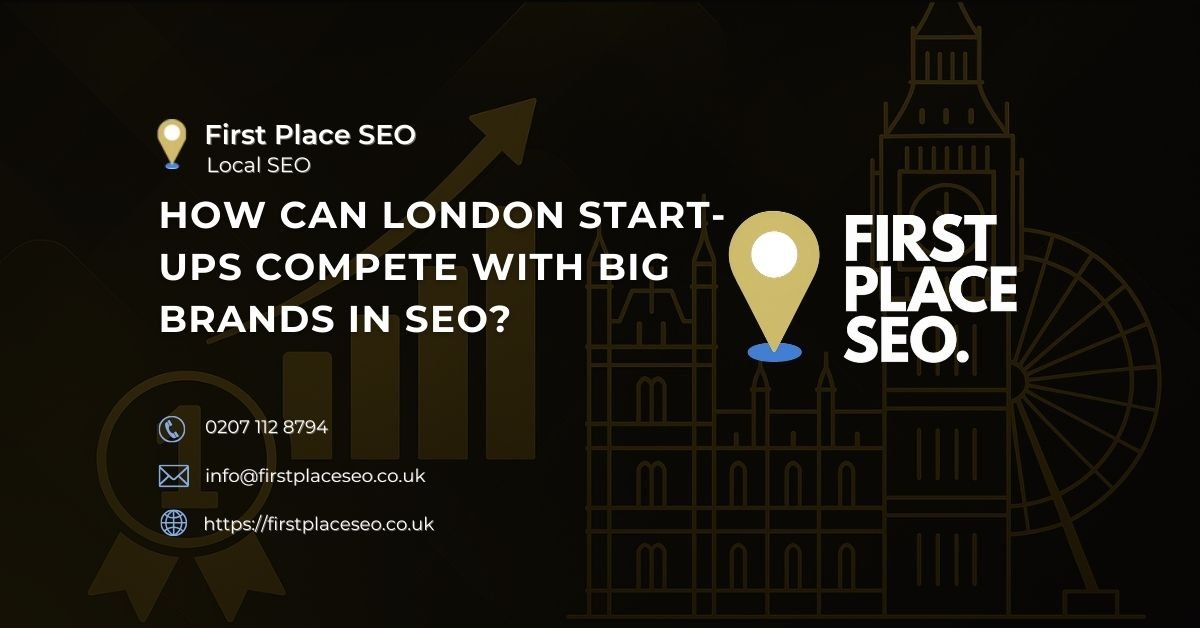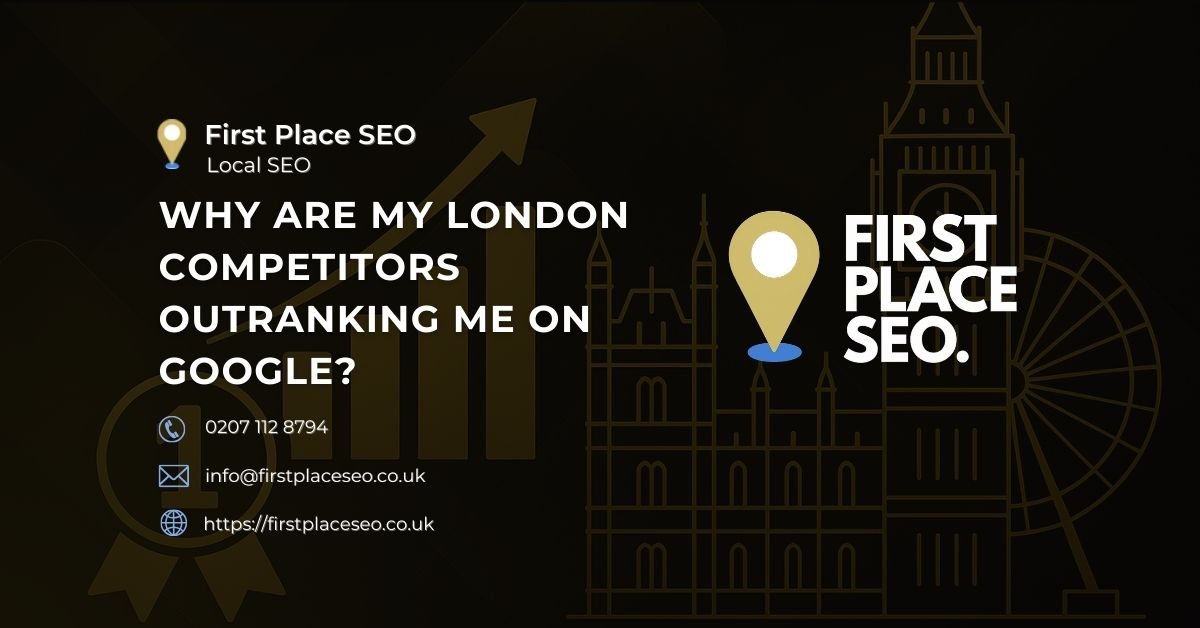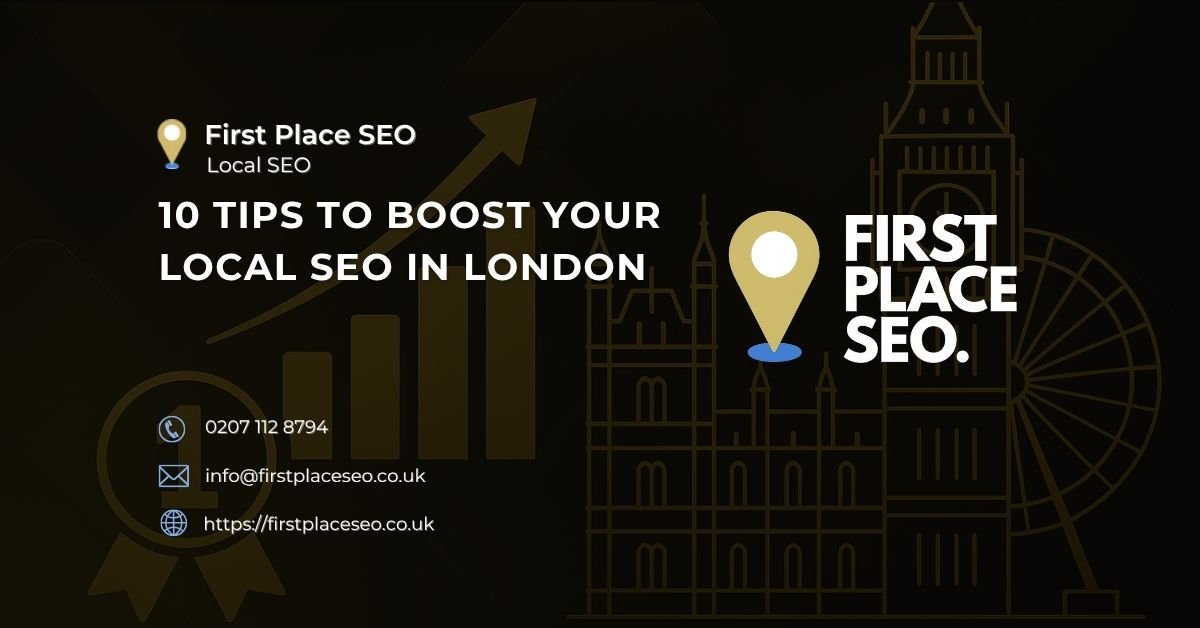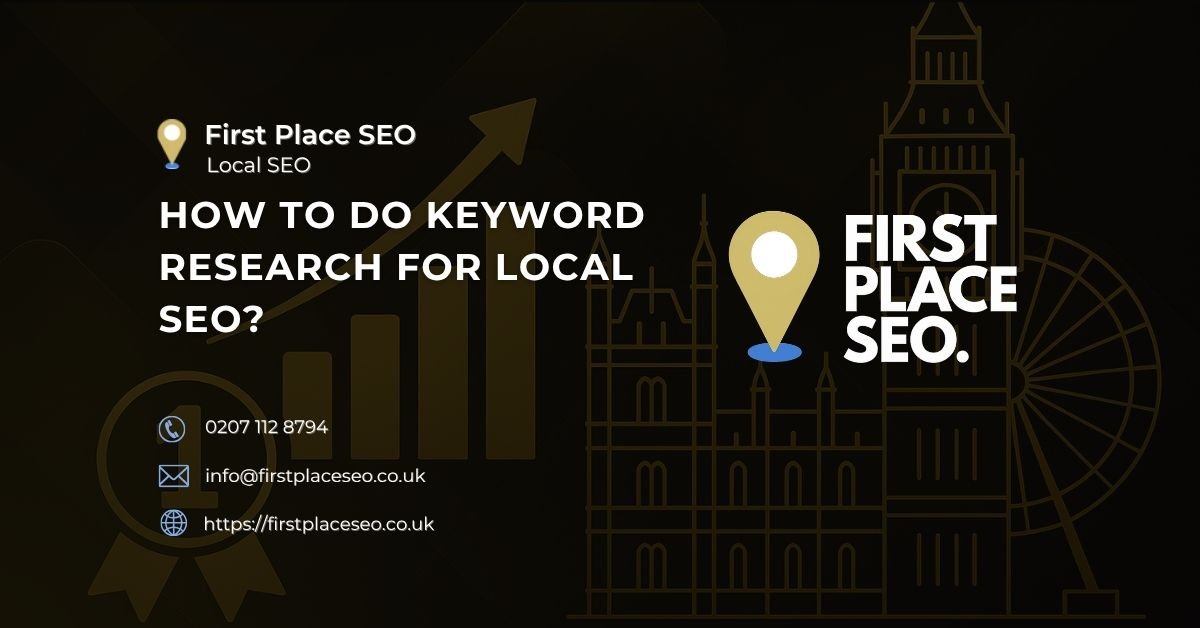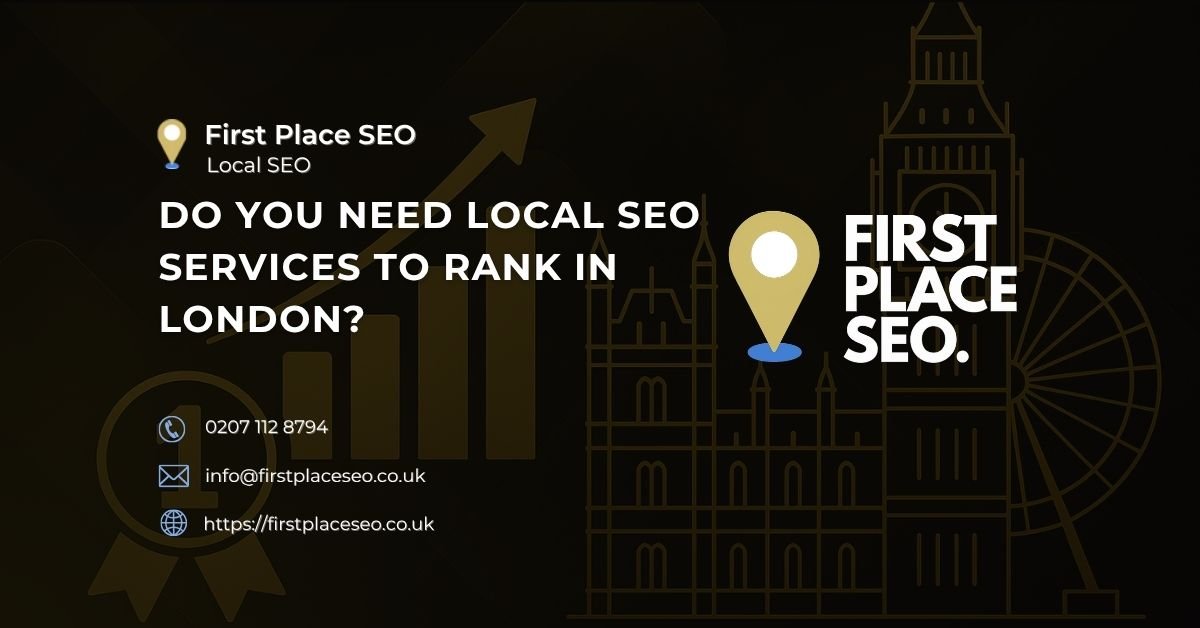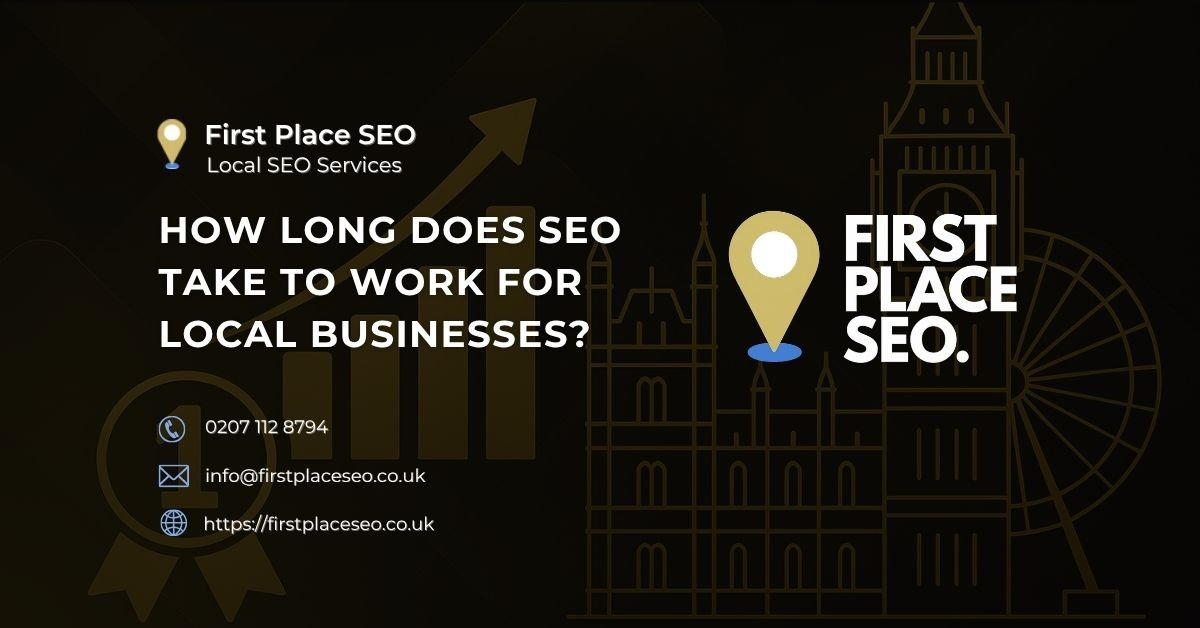How can you rank for local neighbourhoods with SEO?
To show up well in neighbourhood searches, local businesses need to be specific about where they are located and who they aim to serve. Instead of focusing on entire towns or cities, it is more effective to target smaller areas such as districts, suburbs or even well-known streets. That means creating content and listings that clearly show your business is active in these locations. This guide shows you how to take control of local rankings using practical steps that are easy to follow.
Here's What We Have Covered In This Article
What Neighbourhood SEO Means and Why It Matters
Neighbourhood SEO focuses on helping people find local businesses in the exact area where they live or work. For example, someone might search for a “hairdresser in Bruntsfield” rather than “hairdresser in Edinburgh.” By using place specific terms, businesses can appear more often in search results when people are looking for services nearby.
This works because most users now search on mobile devices and expect fast answers close to home. Searches like “takeaway near Crystal Palace” or “physiotherapist in Clifton” are typical. Search engines look for location signals such as content relevance, proximity, and user engagement to decide what to show.
Why Are People Searching More Locally?
Search behaviour has changed. Instead of broad searches, users now look for specific locations, using landmarks or phrases that only make sense if you know the area. Examples include “builder near The Barbican” or “yoga class near Anlaby Road.”
Since the 2025 Google local algorithm update, the platform puts even more weight on proximity and natural language queries. Google now prioritises businesses that are clearly relevant to a user’s specific location and search intent. To support this, you can read our post on how proximity and relevance affect local SEO.
Pro Tip : Ask customers to mention their street or neighbourhood in their reviews. This adds powerful local signals and helps Google match your business to location-based searches.
Struggling to Get Local Customers?
Our Local SEO services help you rank in your exact neighbourhoods, not just cities.
Should I Create Individual Pages for Each Neighbourhood?
Yes. If you want to appear in local search results for several neighbourhoods, build dedicated pages for each area. These pages must reflect the unique identity of that neighbourhood and include details that local users will recognise and trust.
Elements of a High Performing Neighbourhood Page
-
Clear headings with the service and neighbourhood, for example “Plumber in Headingley”
-
Short descriptions that explain how your business serves people in the area
-
Geo relevant images or videos of recognisable locations
-
Testimonials from local clients
-
Embedded Google Maps pins and written directions from key routes
-
Links to related service pages and general location pages to strengthen your internal linking
These pages also help build topic clusters which boost relevance in Google’s semantic index.
How Can I Find the Right Keywords for Each Neighbourhood?
To rank in local searches, you need to use the phrases people actually search for. Start by checking Google Search Console to find existing local queries. Use keyword research tools like Semrush and Local Falcon to expand your list. Focus on terms that show local intent and use natural language.
Useful ideas include:
-
Search terms using postcode areas, for example “electrician LS6”
-
Phrases using landmarks like “near Victoria Park” or “by the university”
-
Service plus neighbourhood terms such as “window cleaner Tooting”
-
Local questions such as “where can I get my car MOT in Tufnell Park?”
These search terms often form part of long tail queries which can bring high intent traffic.
What Makes Neighbourhood Content Trustworthy?
People are more likely to trust content that sounds familiar and relevant to their surroundings. Mentioning well known streets, popular local events or nearby shops gives your pages a local voice. This builds confidence and helps search engines match your content to real user intent.
Examples of Content That Builds Local Relevance:
-
Short guides to your service in the area, such as “3 best cafes in Jesmond”
-
Case studies or client stories from residents in the neighbourhood
-
Travel directions that mention nearby tube or bus stations
-
Blog updates on seasonal events, local partnerships or community activities
If your content sounds like it could only be written by someone who knows the area, you are doing it right.
How Do You Optimise for Voice Search and AI Assistants?
People speak differently to how they type. That is why optimising for voice search means answering questions using natural language. Write headings as questions and give clear answers underneath. Use plain English and keep your answers focused.
Techniques for Voice and AI Search:
-
Use headings such as “Where is the best coffee shop in Jesmond?”
-
Answer the question in the first sentence using complete and direct statements
-
Include structured data like FAQ schema to help Google display your answers
-
Include details like “just five minutes from Putney Bridge station” to support location matching
This structure increases the chances your content is used in featured snippets or AI overviews.
Pro Tip: Link each neighbourhood page back to your main location page using phrases like “We also serve nearby areas such as…” to build semantic relevance and improve crawlability.
How to Use Google Business Profile for Neighbourhood SEO
Your Google Business Profile is one of the first things people will see when searching for local services. Even if you operate from a single location, you can list multiple service areas to show where you work.
Ways to Optimise Your Google Business Profile:
-
Add each neighbourhood you serve under “service areas”
-
Post photos of work carried out in those neighbourhoods
-
Include neighbourhood names in customer review requests
-
Add Q&A entries that mention specific places like “Do you cover Harborne?”
-
Use updates to promote events or seasonal offers relevant to each area
These signals help Google connect your business to multiple neighbourhoods, especially when paired with location keywords.
Need Keyword Research That Actually Works?
Know your neighbourhood-level keyword opportunities that your competitors miss.
How Can I Track SEO Results by Neighbourhood?
To make sure your efforts are working, track the performance of each neighbourhood page and your overall presence in local search. Focus on:
-
Keyword impressions and clicks from each area
-
Direction requests and click to call metrics from Google Business Profile
-
Form submissions and bookings per neighbourhood landing page
-
Ranking movement using tools like Local Falcon and BrightLocal
This will help you decide which pages need more attention and where your efforts are paying off.
Common Mistakes to Avoid in Neighbourhood SEO
Some businesses try to cut corners by copying content across different pages or stuffing too many location keywords in one place. Google can spot this quickly and your rankings will suffer.
Avoid:
-
Repeating the same text with different neighbourhood names
-
Ignoring smaller but high intent areas in favour of only major suburbs
-
Forgetting to link back to your main location or city pages
-
Leaving your Google Business Profile out of date
Final Thoughts
Neighbourhood SEO helps local businesses get found by real people nearby who are ready to take action. If your content is clear, your presence is genuine and your location signals are strong, you will naturally show up more often in the right searches.
At First Place SEO, we help businesses reach their customers in every postcode, district and neighbourhood they serve. If you want to show up where it matters most, get in touch today.




